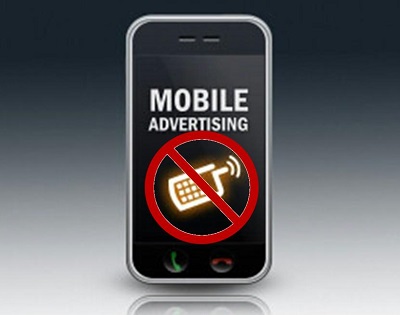Proxama has launched the first of its mobile proximity ad campaigns on London buses.
This move, which has equipped 500 of London’s famous double-decker buses with Proxama’s Bluetooth-powered beacon technology, marks a key milestone in the industry. The buses will deliver real-time travel updates as well as relevant in-app ads to travelers who have signed up for the service.
Half a million travelers have already signed up for the service.
The project was developed by advertising giant Exterion Media and app developer Mapway. Proxoma’s beacon Mobile SDK was integrated into its Bus Times London mobile app, which deploys in-app ads to the mobile devices of passengers with the application. This allows marketers to capitalize on what is known as “dwell time”; the 17 minutes of idle activity that occurs during the average London bus journey.
![]() More specifically, the half a million (and counting) users of the app receive contextually aware ads that “capitalize on the consumer’s exact physical context,” reported The Verge. Android users of the app started receiving the apps earlier this year and now they have also rolled out on iOS as well.
More specifically, the half a million (and counting) users of the app receive contextually aware ads that “capitalize on the consumer’s exact physical context,” reported The Verge. Android users of the app started receiving the apps earlier this year and now they have also rolled out on iOS as well.
Location-based advertising using beacon technology drives higher consumer engagement levels.
According to a recent press release announcing the launch of the UK’s largest iBeacon consumer transport experience on London buses, brands that use beacon-triggered enhanced advertising have discovered that delivering contextually-relevant experiences boosts consumer engagement levels.
For instance, Sticky9 is seeing a 14.5% click-through rate average, which is much higher than the usually 1% or 2% of advertising that isn’t beacon-triggered.
What makes the particular enhanced Bus Times London app a particular hit with users is that aside from being sent relevant in-app ads that allow brands to capitalize on the consumer’s precise physical context and dwell time to deliver the best ads at the right time to increase click-through rates, it also provides users with real-time travel updates for the exact route on which they’re travelling.
Commenting on the partnership with Mapway and Exterion Media, Proxama’s marketing division CEO Jon Worley stated in the press release that “This collaboration is a huge milestone for the proximity marketing industry. App owners are looking for ways to increase active user numbers and establish new sources of revenue, and beacons can deliver on both objectives.” Worley added that the partnership is just one more indication “that 2016 is the year that beacon technology for marketing gains significant traction.”

 So far, ad blocking apps haven’t had enough of an impact to stop industry execs from wanting to spend over this channel. That said, there is still a risk that a reduction in
So far, ad blocking apps haven’t had enough of an impact to stop industry execs from wanting to spend over this channel. That said, there is still a risk that a reduction in 